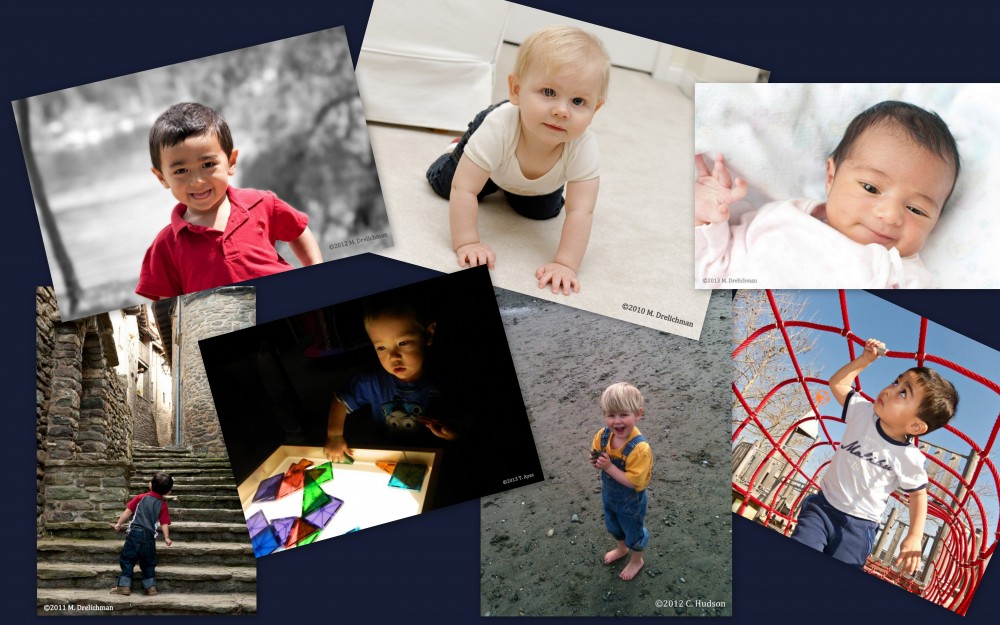Alexis Black will be presenting a poster entitled “The role of memory and representations in statistical learning” at the 166th Meeting of the Acoustical Society of America in San Francisco this Friday, December 6th.
It’s in poster session 5aSCc (Speech Analysis), room Plaza A, 8am -12 pm.
It’s the first experiment from her dissertation work, looking at what, exactly, people extract in SL word learning studies. We compare performance for speech streams that contain native versus non-native (and semi-native) speech sounds on several measures of segmentation. Want to know more? Go see the poster! Or email her for a copy (akblack2g@gmail.com).

 Follow
Follow comments feed
comments feed